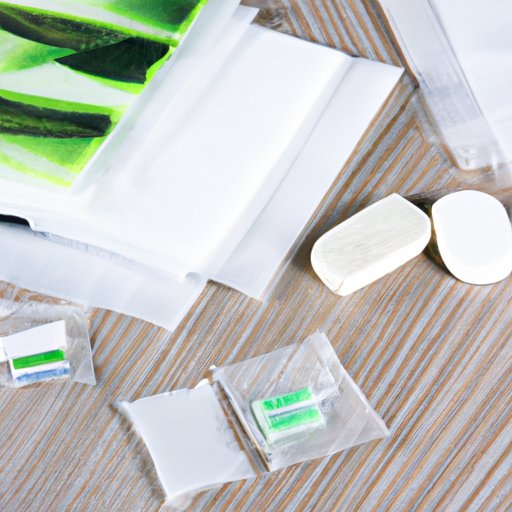
Introduction
Keloids are raised, thickened areas of skin that develop after injury, surgery, or as a result of acne. They are a significant concern for many people, not only because of their cosmetic appearance but also because they can be itchy and tender to the touch. Keloids can become more extensive over time, so it’s essential to find appropriate remedies to help reduce keloid growth. In this article, we will explore some effective remedies to help stop a keloid from growing.
Using silicone sheets
Silicone sheets are an effective and popular remedy for reducing keloid scars’ appearance. They work by creating a barrier over the keloid and hydrating the affected area, which can help reduce its size and thickness. It is essential to select the right type of silicone sheet for your keloid, as they come in different sizes and thicknesses. Most importantly, ensure that the silicone sheet covers the keloid completely and that it is secured in place with adhesive tape. The recommended use for silicone sheets is 12-24 hours per day for 3-6 months.
Corticosteroid Injections
Corticosteroid injections are another effective remedy for keloid scars and work by reducing inflammation and halting cell growth. Dermatologists can administer them, and they are most effective on smaller keloids. The dermatologists will inject the corticosteroids directly into the keloid, and the recommended number of sessions per keloid is between two to three. It is essential to consult your dermatologist for the right dose, as administering too many injections or an overdose can have some adverse side effects such as skin atrophy.
Massage Therapy
Massage therapy can help reduce keloid size by breaking down scar tissue, improving blood circulation, and promoting collagen production. You can use your fingers, a soft-bristled brush, or a massage roller to massage the affected area for at least five minutes, multiple times in a day. However, it’s essential to be cautious while applying massage therapy, especially if the keloid is still growing. Applying too much pressure to an immature keloid may cause it to grow even larger.
Laser Therapy
Laser therapy utilizes targeted light energy to break down the collagen fibers in keloids, which reduces their size and thickness. Different types of lasers can be used for treating keloids, and your dermatologist can recommend the best type of laser treatment that suits your skin type. Laser therapy can have severe side effects such as infection, redness, and even scarring. It’s essential to consult with your dermatologist to determine the best treatment plan for your keloids.
Use of Pressure Earrings
Pressure earrings are designed to wear in your earlobes to compress the keloid tissue. They work by increasing blood flow to the area and allowing oxygen to reach the scar tissue. This increased blood flow helps reduce the keloid’s size and appearance over time. Pressure earrings must be customized and fitted correctly by professionals for them to work effectively. It’s essential to wear the pressure earrings for at least 12 hours per day for six to twelve months.
Herbal Remedies
Several herbal remedies have been shown to be effective at reducing keloid growth. Some of these remedies include aloe vera, tea tree oil, lavender oil, and Vitamin E oil. Aloe vera is particularly effective at reducing keloid size and thickness as it has anti-inflammatory and antifungal properties. Lavender and Vitamin E oils are also effective at reducing inflammation and redness. Tea tree oil is effective at preventing infections and reducing scarring.
Conclusion
There are several effective remedies to help stop keloids from growing, including silicone sheets, corticosteroid injections, massage therapy, laser therapy, pressure earrings, and herbal remedies. It’s essential to consult with your dermatologist before trying any of these treatments to determine the best course of action for your keloids. Always remember that treatment response varies from person to person, and a combination of treatments may be necessary. Finally, if you have a history of keloids, take precautions to prevent injury in susceptible areas such as your ears and shoulders.




